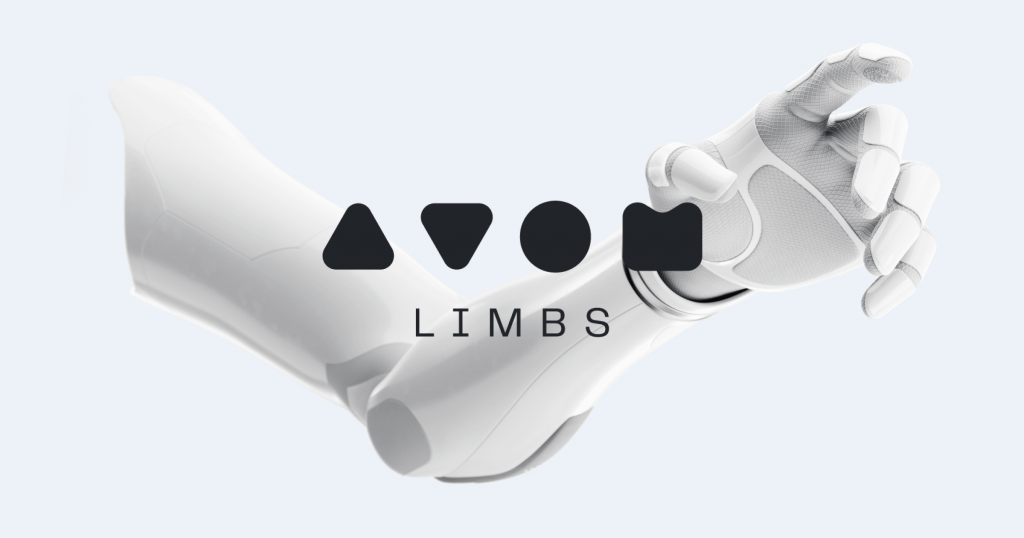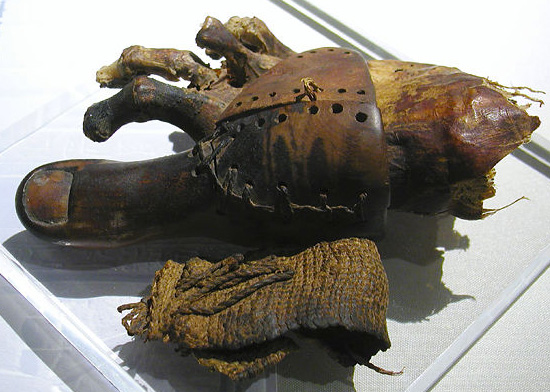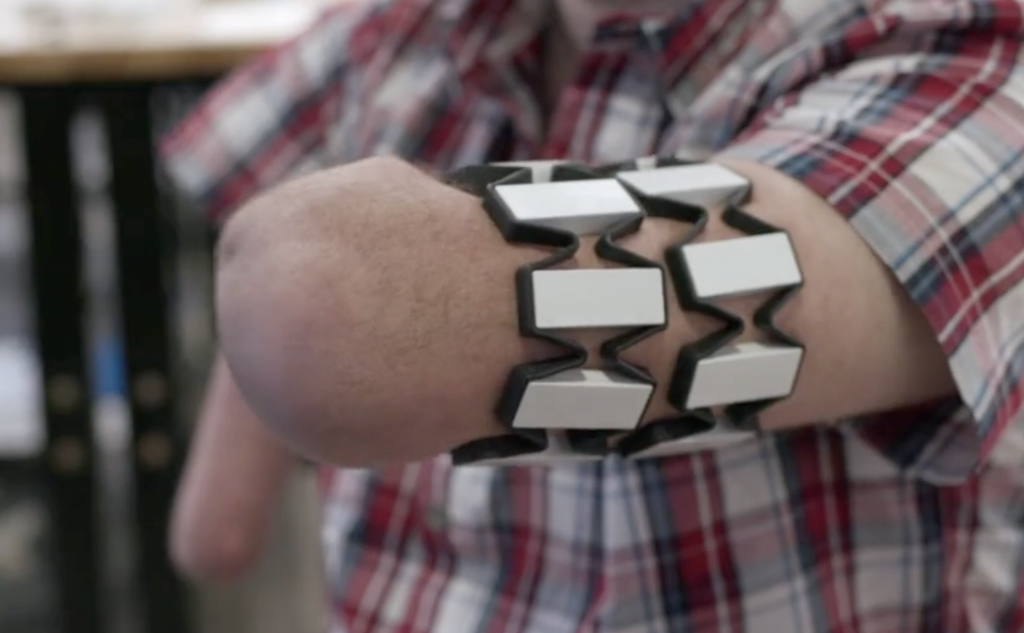Background on Atom Limbs and Prosthetics

This is the first artificial human arm created by Atom Limbs called the ‘Atom Touch’.
Atom Limbs is a company whose goal is to build a better future for humans by building artificial prosthetics that allow amputees to regain function of lost limbs.

Prosthetics first emerged with the use of materials such as wood and metal, however current technology uses lighter and more durable materials such as carbon fiber and silicon. Despite the modern world having great advancements in technology, most prosthetic limbs have remained the same in that they give the appearance of a functioning limb but are relatively useless to the wearer.
Prosthetic toe from ancient Egypt
Ethical and Societal Considerations
Bionic products tend to be expensive which puts most devices out of reach for many disabled people, who statistics show are more likely to be on the poorer end of society. There may also be supply issues for low income countries who have limited access to specialised medical facilities. This seems to partially be why less than 1 in 5 people with arm loss do not use a prosthetic. So what is the point of making a device to improve quality of life if the intended target audience doesn’t use them?
I read this BBC News article and it appears that Atom Limbs have dwelled upon this ethical consideration positioning their bionic arm around £15,000, which – although still a lot – is considerably less than many other similar devices on the market. A more reasonable price for a high quality bionic product. This made me question myself – if I had a missing arm, would I get this bionic arm? Considering its price, my decision would come down to the prosthetics practicality and usability in everyday life. If it functions like a real arm, then it would be justifiable to spend such an amount as it is a life-long investment.
The Underlying Science
Neural Interface
Atom Limbs primarily relies on the use of advanced sensors and machine learning algorithms to interpret signals from the brain and utilise them to move a prosthetic limb. It connects to the wearer’s residual limb with bands of sensors that measure electrical signals produced from muscle movements. Signals are then picked up by electrodes and integrated. This innovative mechanism is known as myoelectric control.

Attachment
The arm attaches via a vest and is a non-invasive procedure which means no surgery is required for it to function. It uses breathable and lightweight materials providing comfort, which I believe would encourage amputees to choose the ‘Atom Touch’ over other prosthetic arms.
Haptic Feedback

One of the challenges posed in the use of bionic arms is the grip strength used on different objects. How would a wearer be able to tell how strongly they are gripping, for example, an egg to ensure it doesn’t crack? The answer is haptic feedback – this is delivered to the user through vibrations which are produced when sensors detect interaction with the environment.
Motion
The near-full range of motion in the elbow, wrist and individual fingers allows the wearer to fully interact with the world and regain their sense of touch. For someone who has not lost a limb, this may seem like a trivial feature, however for an amputee this may be an extraordinary feeling. An amputee reporter from the BBC News operated a digital version of the bionic arm.
“The notion of learning how to control a part of the body I don’t have is almost impossible to describe.”
Paul Carter from BBC News
This is a fair blog, which provides an overview of the main features of prosthetics and ethical considerations regarding the price of such a device.
You should try to support your findings with an evidence in form of literature, considering some pros and cons as well as present the alternative solutions which are widely expolred in the field of prosthetics in the low income countries. Take a more critical approach in your assessment and try to compare your own reflection to them. You could focus on particular angle of prosthetic limbs in more detail.